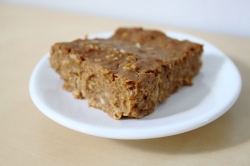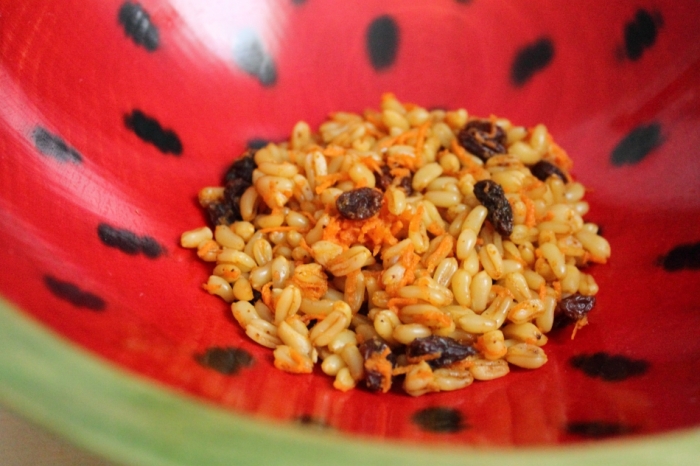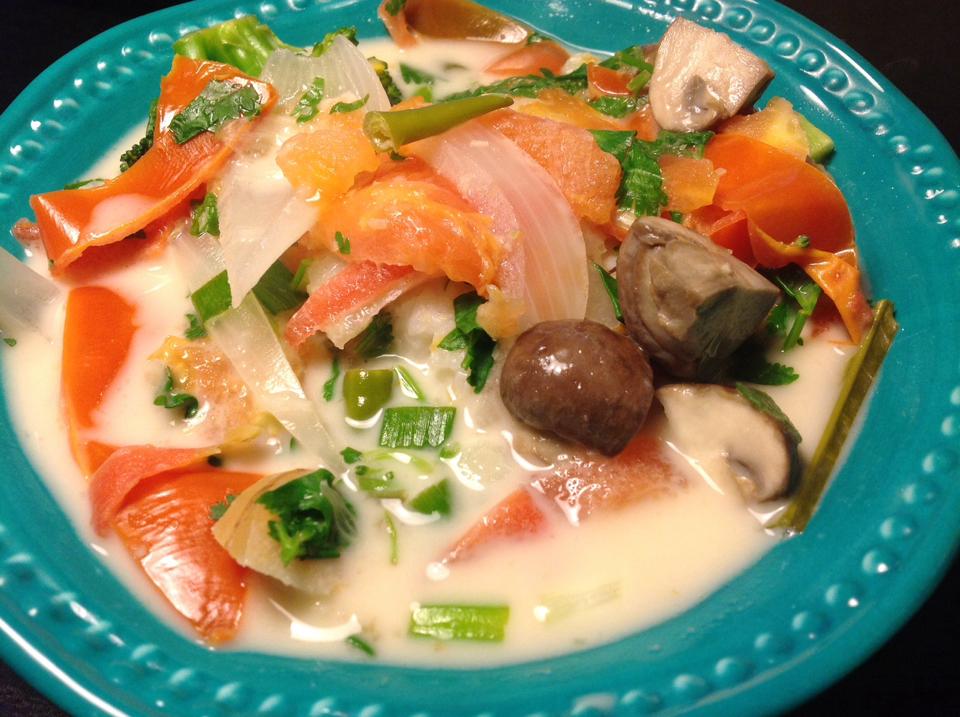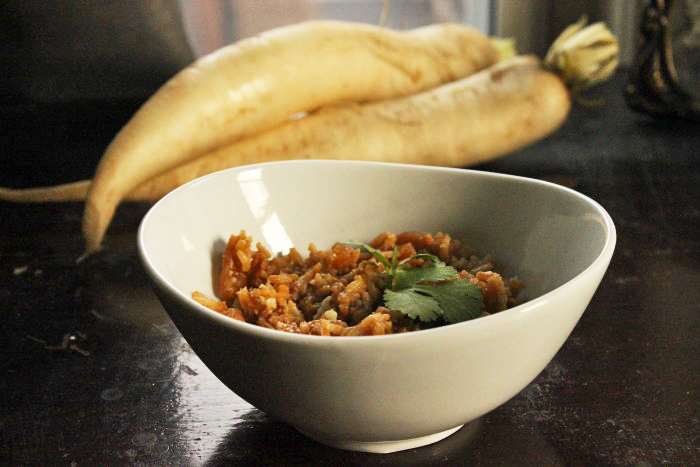The New York Times published an article last week documenting the rise of gluten-free products. But if you are not among the 0.5% of Americans (1.8 million) with the diagnosed autoimmune disorder celiac disease, you will not benefit significantly from a diet focused primarily on being gluten-free. There are many junk foods that sport the gluten-free label. Margarines, vodka, steak, oil, and dairy products are all gluten-free. Some of these foods always have been gluten-free, but only recently does their marketing proudly make this claim. As The NY Times article points out, the growth of gluten-free market is propelled by processed foods, rather than exploding demand for (gluten-free) fresh produce.
So why does it seem like friends, co-workers, and people you met just ten minutes ago all have gushing tales about going gluten-free? It seems like even otherwise healthy people (without a condition such as celiac disease) experience weight loss and feel better when they give up gluten. According to the 2009 USDA Economic Research Service report on US food consumption as a percent of calories, processed food contributes 63% of the calories consumed by the average American daily. The majority of these calories come from refined grains in the form of bread, pizza, and pastries–all junk foods, all containing gluten. When our friends and acquaintances drop the junk and begin eating more whole, plant foods they enjoy the benefits that real food bestows on the body. Being mindful of eating the gluten found in wheat also means being mindful of eating too much in general. Someone on a gluten-free diet might skip the slice of workplace birthday cake since it contains gluten, but might also eat one fewer slice of gluten-free pie.
If consumers base their shopping choices on gluten-free marketing, they can end up eating a diet high in animal protein, fat, and sugar. Sounds a lot like the Standard American Diet! Most people eating the SAD diet would express that they want to eat a healthy diet and are willing to change in order to do so. Food manufacturers take advantage of that desire by offering a gluten-free version of consumers’ favorite junk foods. Shoppers can then get the best of both worlds: a “healthy” gluten-free food that sacrifices none of the drug-like substances that make junk food so addicting.
But what if you already eschew foods that come in boxes, and in general eat lots of whole plant foods? Will giving up gluten improve your health? When we stop eating gluten-containing whole foods (like all varieties of wheat, spelt, barley, and rye) we lose a great source of complex carbohydrates along with iron, B vitamins, and literally countless other beneficial phytochemicals. Similar to the debates around soy, avocados, nuts, oil, raw vs. cooking, etc, “going gluten-free” is subject to debate in the vegan community. We all naturally want to improve and continue to refine our dietary journey. I say if you are eating a whole food vegan diet you should celebrate! We need to “let go” a little bit on these finer points. I have seen many stressed vegans in my whole foods plant based workshops worrying themselves eating avocados or nuts. It’s just a nut! (If you’re not allergic, that is). And it’s just gluten. The benefits of eating gluten-containing whole grains are many, and the benefits of stress and worry over avoiding them are few. As for the trendy “Wheat Belly” and “Grain Brain” arguments, Dr. McDougall provides a scientific rebuttal in “The Smoke and Mirrors Behind ‘Wheat Belly’ and ‘Grain Brain’.”

Pumpkin spice bars made with oats. Oatmeal does not contain gluten naturally, but contamination by shared processing machinery with wheat is common. Certified gluten-free oats typically cost three times as much as the non-certified oats.
Marketers of meat, dairy, and other animal foods have every reason to support the gluten-free fad. High-fat, high-protein diets such as Atkins and Paleo are widely hyped by media, and they also forego gluten. So processed food and animal food industries have strong interests in promoting gluten-free diets. This partnership also subtly undermines a plant-based diet by discouraging people who are new to the vegan way of eating. Seitan and mock meats are made from wheat protein (gluten); can it be a coincidence that these “starter vegan” foods are forbidden by gluten-free fad diets?
More pressingly, the hype over the gluten-free diet can prevent people from exploring the world of nutritious whole grains. These are the foods that sustain and enliven us. Whole grain bread has been at the center of the table for centuries, and it exerts a deep emotional appeal. For thousands of years the staple food in the Middle Eastern cultures has been grains. It’s why we call that area, the crux of so many stories of the genesis of life, the “bread basket.” I urge you to try a cup of cooked whole grain kamut (also known as khorasan wheat) and wonder at the connection between ourselves–so often flailing wildly for a quick fix for dietary problems–and the ancient peoples who also thrived on gluten-containing whole grains.

Curried kamut salad with shredded carrots and raisins. Kamut (khorasan wheat) is an ancient, gluten-containing grain that has a great springy texture and nutty flavor.
Also by Chelsea: Collard Green Wraps with Hummus and Apples
Winter Warming Soba Noodle Soup
__
Photo: Chelsea Ihnacik





